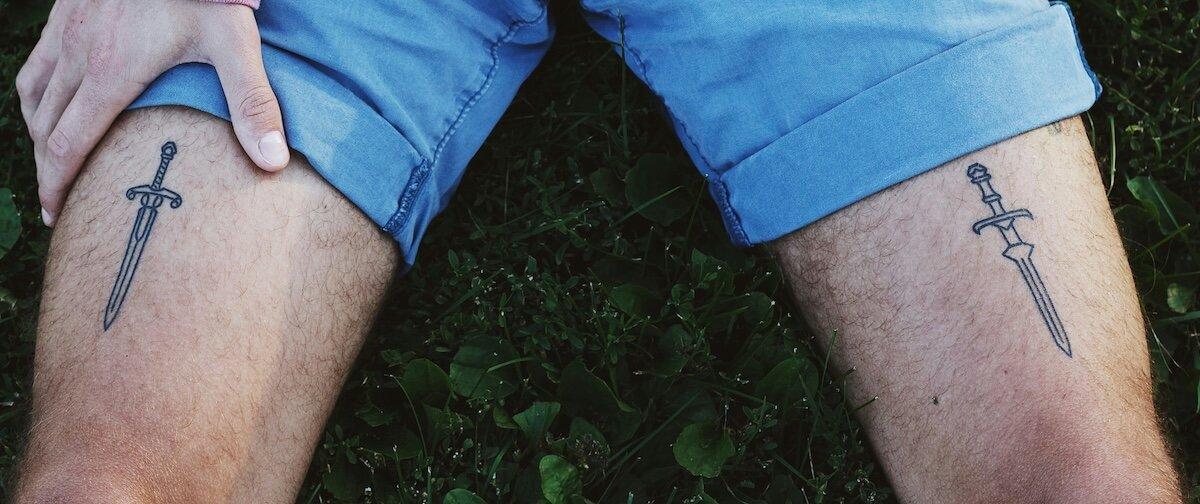
Does it feel like you’ve got daggers around your inner thigh area when doing certain movements? Do you experience strain, discomfort, and pain in the muscles known as your adductors? If so, you know how debilitating it can be. Consequently, you’re considering physiotherapy for inner thigh pain. This is a wise idea. If located in the BC Lower Mainland you can schedule an assessment at our Burnaby clinic by clicking here, or read ahead first for additional information.
How Physiotherapy Can be Beneficial for Inner Thigh Pain
Treatment for Groin Strain / Strained Adductors
A groin strain is felt throughout the inner thigh. The injury is technically referred to as an adductor muscle strain. While the pain may feel chronic, it is an acute injury to the groin muscles on the inside of the thigh. Injuries most likely occur in the adductor longus, adductor medius, adductor magnus, and the adductor gracilis. Groin strain can be categorized as a Grade 1 to 3 injury, with the strain or muscle tear ranging from minor to more extreme. Symptoms of adductor strain include the following:
- Dull pain the inner thigh and groin (common)
- Sharp pain in the inner thigh and groin (common)
- Tenderness in the region (common)
- Weakness in the region (common)
- Bruising and swelling of the inner thigh (if the injury was recently sustained)
- Abnormal warmth in the inner thigh and groin (less common)
- Limping and other forms of compromised functional movement (common)
If the injury was acute, you may recall hearing a popping sound when it occurred. As alluded to in the list of symptoms above, bruising and swelling (in addition to the pain) would have followed an acute injury.
Adductor injury treatments at a physiotherapy clinic often include massage therapy, laser therapy, acupuncture and dry needling, and K-taping. View more on how a physiotherapist will treat inner thigh pain that is associated with injured adductors.
Addressing Other Inner Thigh Problems
Aside from muscle strain and sprain to the adductors (above) another cause of inner thigh pain that physiotherapy can effectively treat is a hernia. A femoral hernia, a rare type of hernia, sometimes appears as a painful lump in the inner upper part of the thigh or groin. Meanwhile, a sports hernia, can result in inner thigh pain because the tendons that attach the thigh muscles to the pubic bone are also stretched or torn. A comprehensive physiotherapy program can help repair all types of hernia.
Note: Assessment may remove the injuries above from consideration, at which point it may be inferred that your inner thigh pain may be connected to kidney stones. This condition impacts about 10% of the population. If it’s suspected that kidney stones may be present, medical intervention with your physician will be required (even if they eventually pass naturally).
